WALTER Automates High-Mix, Low-Volume Manufacturing and Achieves Serial Production Efficiency
WALTER Maschinenbau, a manufacturer of high-precision CNC machine tools, invited us to their production plant in Kuřim, Czech Republic, to learn how they automated their high-mix-low-volume production with a flexible manufacturing system (FMS). Markéta Mikušová, Marketing Manager, and Petr Konečný, Head of Technology and Machining, introduced us to the local plant and acquainted us with the work of the WALTER machining department.
The machining department mainly produces very precise and strategic cast iron parts for WALTER’s own machines. Batch sizes range from one to four pieces, with a requirement for high productivity and tight tolerances. Most parts go through three or four machining operations, meaning they need to be clamped in several positions. WALTER’s automation goals were clear: consistently high precision, serial production-level efficiency, and flexibility to run a varying part portfolio.
Selecting Fastems as a strategic automation partner followed a thorough feasibility study and tender by WALTER. The reasons for selecting Fastems included systems designed specifically for high-mix manufacturing, offline machining setups, and the capability to run high-precision parts in a reproducible manner. Long-term experiences within the United Machining Solutions group, especially by the Swiss sister company Studer, also played an important role. Studer operates three Fastems FMSs, which allowed some already proven procedures and know-how to be transferred to the Czech plant.
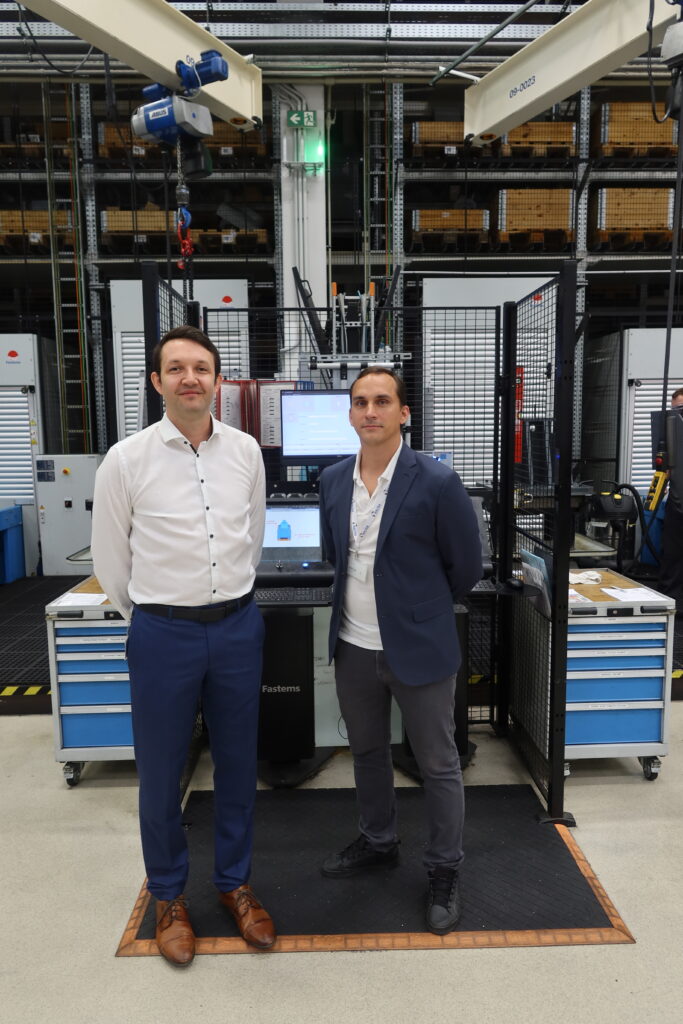
WALTER: Engineering Innovation Hub
WALTER is part of the United Machining Solutions group, one of the largest machine tool manufacturers in the world with over 5,000 employees. In Kuřim, WALTER produces top-quality tool grinding machines, tool eroding machines, and optical CNC measuring machines for customers worldwide. The Kuřim production plant includes machining, assembly, measurement, painting, design, purchasing, software, and development departments. The machining and painting departments were established in 2015, and last year the company made a multi-million investment in a new, modern paint shop.
Modular and Extendable FMS Also Considers Stand-Alone Processes
The FMS (Multi-Level System) at WALTER initially integrated two DMG Mori DMC 100H horizontal machining centers, with a third integrated in 2022. The system accommodates over 90 machining and more than 160 material pallets. Each machined part is stored in the system on its own special fixture. The automation is controlled by Fastems Manufacturing Management Software (MMS), and WALTER utilizes all the available modules – from production planning to NC program management, to digital work instructions for operators. The system also plans cutting tools and monitors their lives – the tools are measured outside the system, but the data transfers automatically from the pre-setting device.
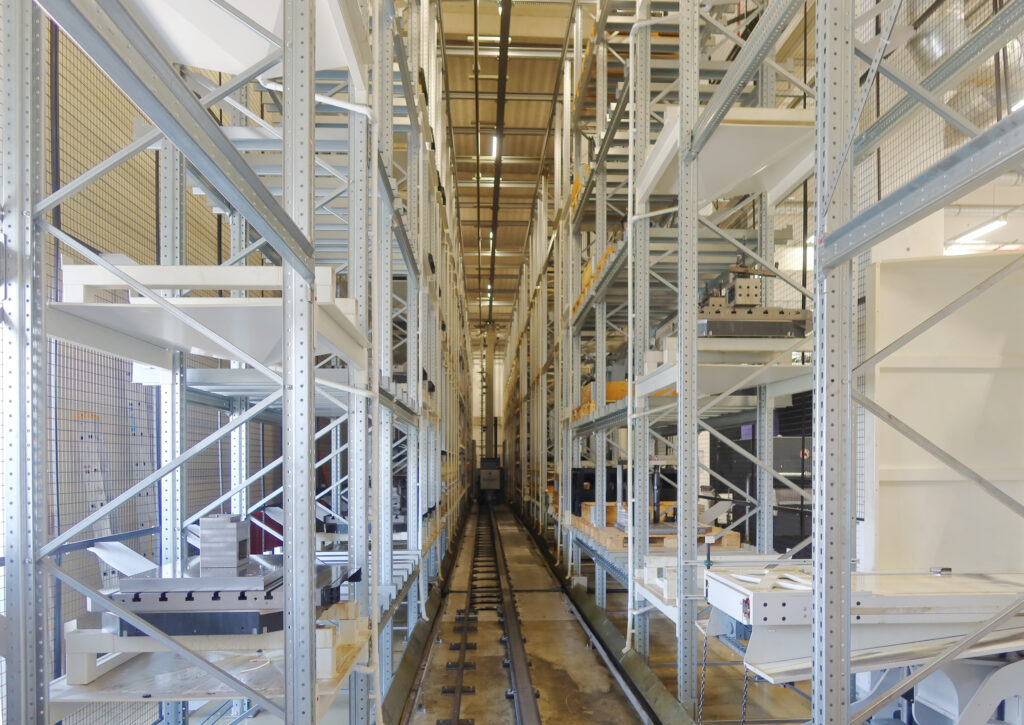
Additionally, WALTER utilizes MMS Work Cell Operations (WCO) to connect their value-adding processes – in this case, Blohm Jung Planomat HP surface grinder and Zeiss CMM – under the same production planning, even though the devices are not physically integrated into the FMS.
Smooth System Extension
Thanks to the modular hardware and software architecture, it is possible to add more machine tools to the FMS. When WALTER needed more machining capacity in 2022, integrating the third machine was a smooth extension to the original two-machine system. Since then, the system has been running in a three-machine configuration with high reliability, and it is ready for potential further expansions when needed.
Petr Konečný describes the cooperation with Fastems as highly professional. Each system delivery, expansion, or change is managed as a project, with a team of technicians and a dedicated project manager to simplify communication with the customer. When adding the third machine tool to the FMS, the system expansion was completed before the machine installation. During the project preparation and implementation, WALTER was continuously informed through regular reporting. Fastems also took over the coordination of connecting the new machine with the machine tool supplier, minimizing the work for WALTER. Thanks to the modular system construction the installation went smoothly, and the interface for connecting the new machine worked perfectly since the day one.
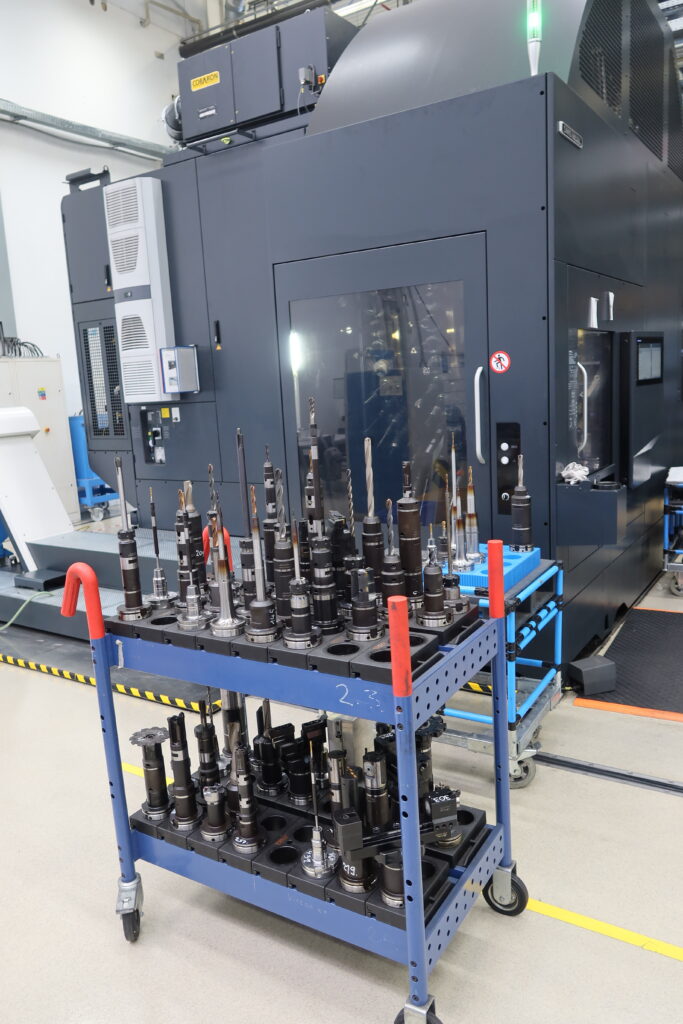
The Most Valuable MMS Features for WALTER
MMS manages WALTER’s entire production process from start to finish, automatically ensuring the following success factors for high-mix manufacturing:
- Comprehensive production planning: The system receives orders for specific parts and their delivery dates. Based on this data, it automatically calculates and plans the optimal production process on its own.
- Intelligent NC program and cutting tool data management: MMS manages all NC programs and detailed tool data. The cutting tools used in the system are equipped with chips, which allow tool data to be read every time they are either input to the tool magazine or measured. Fastems continuously records which tool is in which machine tool’s magazine, and what are its lifespan and measures. This enables flexible use of cutting tools in different machines.
- Optimization of cutting tool lifespan and prevention of downtime: The system can predict tool wear and plan tool replacements several days in advance. This prevents machines to stop because of tool shortages. The system also allows the use of duplicate, so-called “sister” tools, which are automatically used when needed.
- Strict control of cutting tool tolerances: The system monitors the set tool tolerances (e.g. maximum and minimum length and diameter) based on data from an external measuring device. If the measured tool parameters are not within tolerance, MMS immediately blocks the tool and prevents it from being loaded into the machine, thus preventing production errors.
- Digital work instructions for operators: Operators receive clear instructions directly from MMS on which parts to clamp on which pallets, including digital clamping instructions. This minimizes errors and streamlines shop floor work.
MMS monitors and optimizes production in real time, adapting production for changes and providing accurate data on real-time versus planned production. This helps identify unused resources and continuously optimize processes. The system offers a large selection of KPI graphs and data for evaluating efficiency, availability, and working hours. Configurable dashboards are available for operators on the shop floor, clearly displaying the current status of each machine, cutting tool, and NC program availabilities, as well as alerts for the upcoming operator actions.
myFastems and Remote Support Bring Peace of Mind
The Fastems system at WALTER runs on its own secure server, separate from the company network. There is also an online portal, myFastems, which allows remote monitoring of the system status, error messages, productivity information, and easy remote support.
Remote support from Fastems significantly speeds up problem resolution, as 95% of all faults can be resolved without a service technician visit. Fastems technicians can remotely connect, diagnose the problem, and instruct operators on the physical replacement of components or device reset. The response time of support is exceptionally fast, with a reply within an hour of reporting.
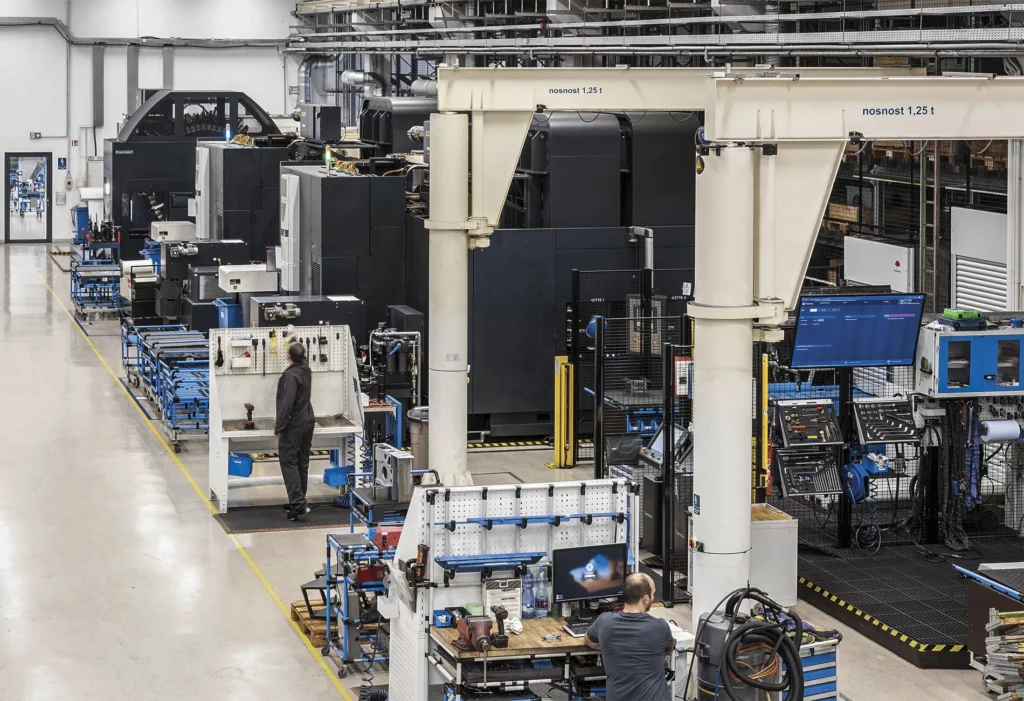
Regular Maintenance is Essential
WALTER recognizes that appropriately cared-for systems result in better profits. In addition to regular cleaning of the premises and mechanical components, annual maintenance is performed by Fastems technicians. The inspection takes one to two days and can typically be done during operation (without needing to shut down the system). These inspections include checking important parts, measuring wear, and implementing any necessary replacements. Overall, the frequency of faults in the FMS is minimal compared to the machines, which Petr Konečný attributes to both the quality of the system and the regular maintenance activities.
Overall, WALTER’s FMS experience has been very positive. The system meets all user expectations in terms of ease of use, elimination of human errors and unnecessary repetitive actions, digitization of work instructions, and low failure rates. Stable, highly efficient, and flexible production puts WALTER at the forefront of innovation also in their own operations.
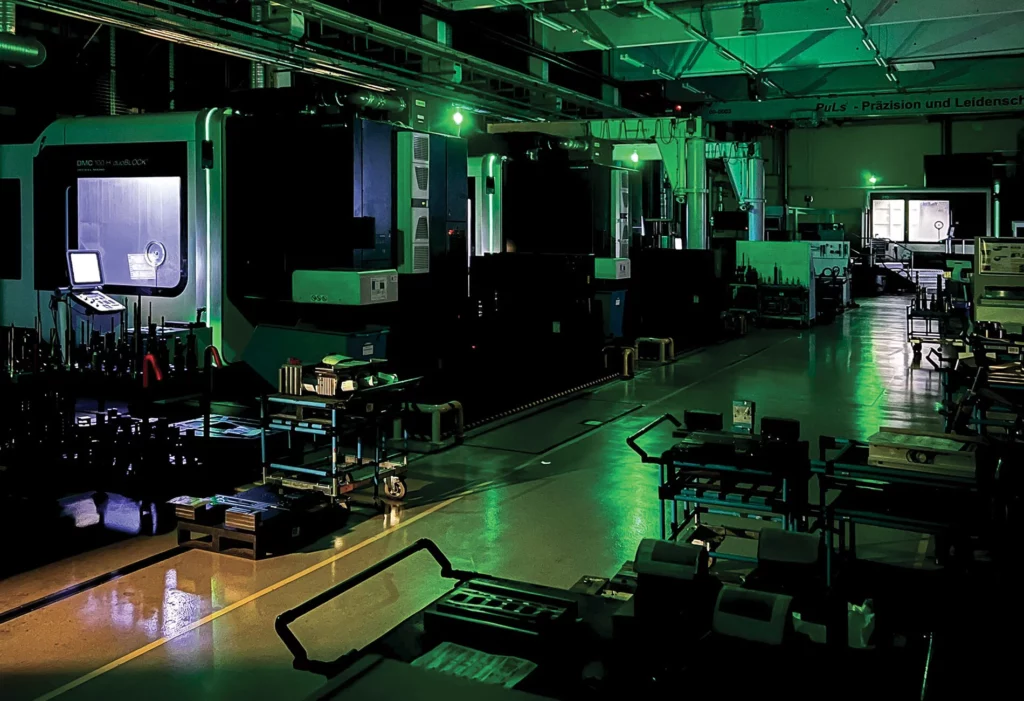
This article was originally written by Ivan Heisler and published by MM Industrial Spectrum in their September 2025 issue in Czech language. LINK TO THE ORIGINAL ARTICLE.